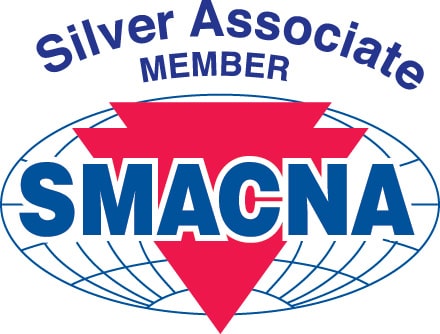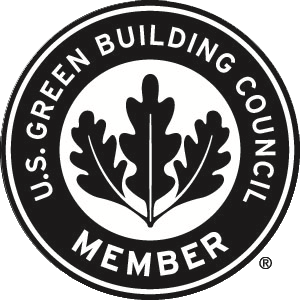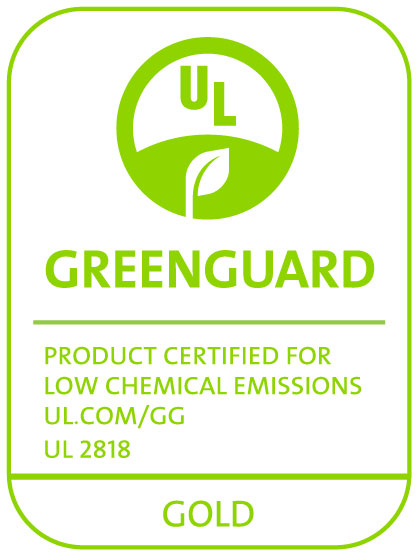Open Cell vs Closed Cell Foam Insulation
October 21, 2022
When making insulation material selections for building mechanical systems, such as HVAC, refrigeration, and plumbing, it is common to become quickly overwhelmed when researching the available options. This post will…
Learn More










